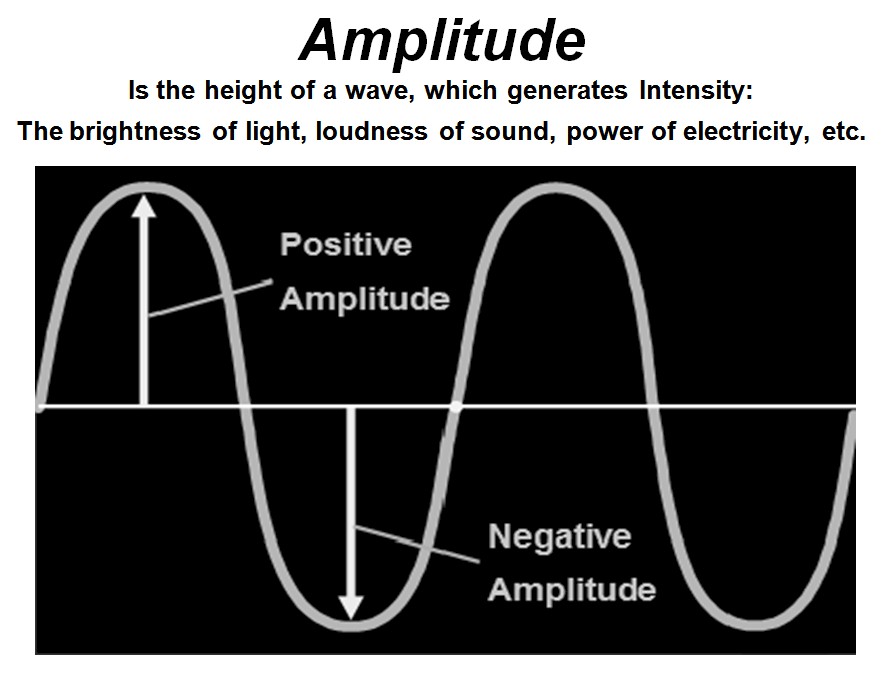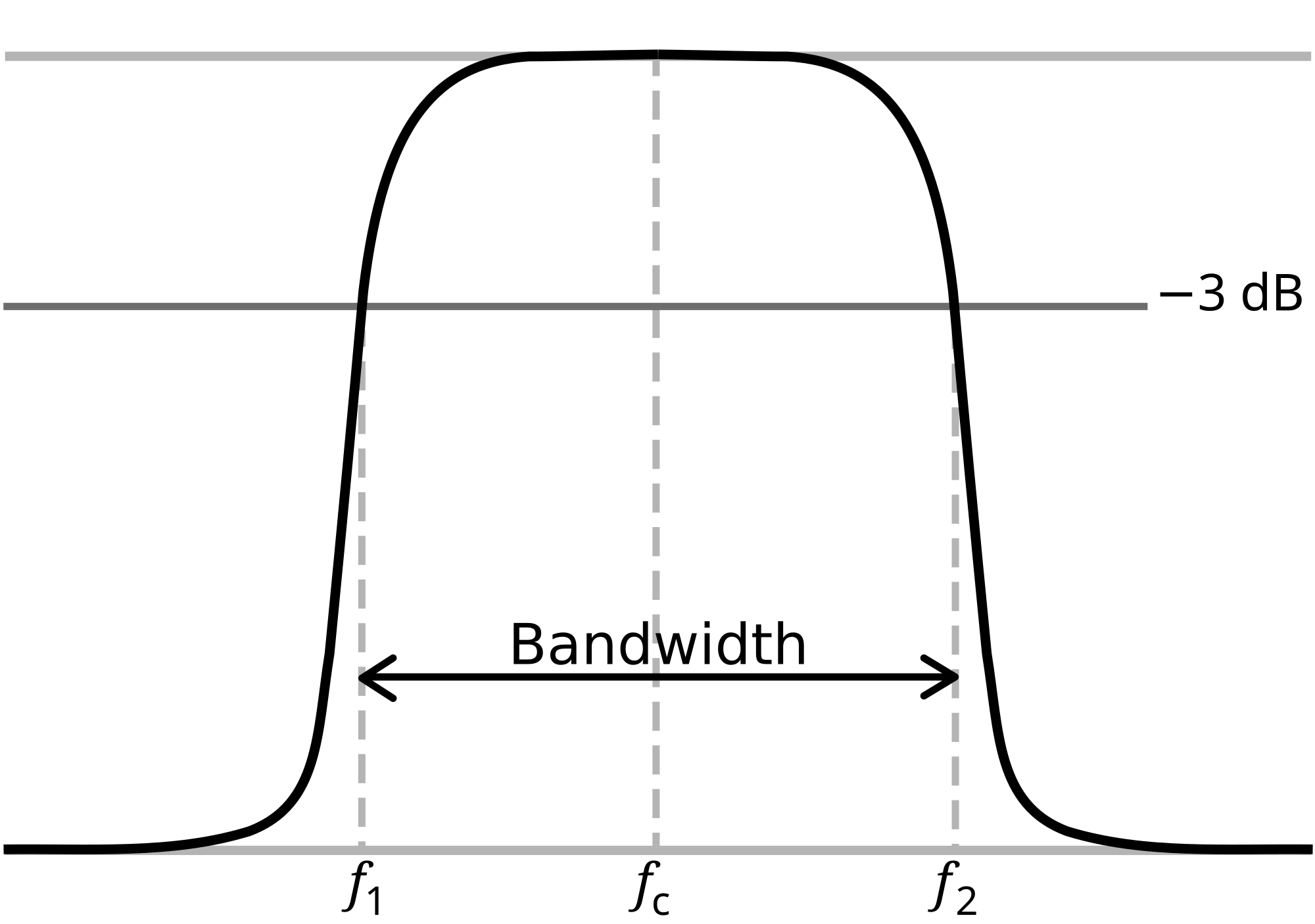In this discussion, we will come across various terms used in Communication System like their meanings and applications of the same. These terms and definitions both are very important and play a key part in modern Communication System in this age of electronics. Let us have a look at some of these.
Suggested Videos
Communication System Terminology
1. Signal
Any audio or video or audio-visual generated for example cannot be directly transmitted. It first needs to be converted into an electronic form. This electronic form is a ‘Signal’. Since electronics operate in the binary system i.e. a combination of 1s and 0s only (generally 1 denotes ‘on’ or ‘high’ and 0 denotes ‘off’ or ‘low’), the entire audio-visual is converted into a binary form. This binary form in the electrical medium is a ‘Signal’.
2. Amplitude
Consider a sinusoidal wave transmitting energy in space with the wave passing through a series of particles which oscillate about a mean position and transmit the energy. The maximum displacement of a particle from its mean position is an ‘Amplitude‘ of the sinusoidal wave.

3. Wavelength
The wavelength of a sinusoidal wave is the distance between two particles having the same amount of displacement and both are in phase with each other.

4. Frequency
The frequency of a wave is the number of waves passing a point in space per unit time. It is basically the reciprocal of the time period required by a wave to cover a unit distance.
5. Bandwidth
The bandwidth of a signal is the difference between the highest and the lowest frequencies carried by the signal.

6. Modulation
Any signal to be transmitted consists of a number of varying frequencies and cannot be directly transmitted by the transmitter and is therefore superimposed with a carrier signal before being transmitted. This is the ‘Modulation’ of the signal. Modulation of the signal is in 2 ways.
- Amplitude Modulation
- Frequency Modulation

7. Demodulation
The modulated signal sent by the transmitter is received by the receiver and needs to be converted to its original format before it can be studied. This process is Demodulation. It is basically the reverse of Modulation.
8. Attenuation
When a signal is transmitted through the electronic medium over long distances it loses its quality and strength due to dissipation and wastage of energy naturally. This is the ‘attenuation’ of the signal. Continuous efforts and various methods prevent this or minimize the deterioration of the signal.
9. Transducer
A transducer is any device that converts any physical variable like force, movement etc to an electronic signal and thus gives a suitable output for the same. For example, whenever you use your smartphone and select a value on its screen the processor of the phone converts the pressure on the screen due to your touch into a signal. This is an example of a ‘Transducer’.
10. Amplification
The process of increasing the amplitude of a signal is “amplification”. For example, whenever you speak on a mic, your voice is both amplified and audible at a farther distance. In this process, only the amplitude of the signal increases. There is no fundamental change to the original content of the signal.
11. Repeater
Any electronic signal transmitting over a long distance is liable to lose its quality and strength. To overcome this problem we use a “repeater” to facilitate transmission of the signal over very long distances.
A ‘repeater’ is basically a combination of a transmitter and receiver and plays the role of both of them by receiving the signal and transmitting it again. Cell phone towers placed over long distances are a good example of a ‘repeater’.
Thus, we have seen and discussed the basic terminologies used in the study of the communication system.
Solved Question For You
Question. The term channel indicates
- amplitude range allotted to given source
- Frequency range
- Voltage range
- All of the above
Solution: B. Channel represents different frequency over with radio frequency exits. A change in the channel means a change in the range of frequency.






Leave a Reply